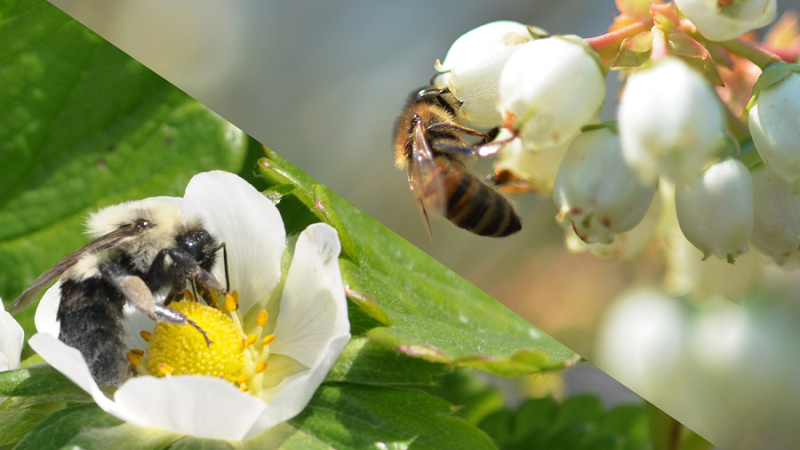Report: Single Big Breakthrough Unlikely for Citrus Greening Cure
A single breakthrough discovery for managing citrus greening (also known as Huanglongbing or HLB) in Florida in the future is unlikely, says a new report by the National Academies of Sciences, Engineering, and Medicine. The committee that wrote the report called for a systems approach to prioritize research on the disease and strategically distribute resources for research to effectively manage the disease, which is the most serious threat for citrus growers worldwide.
The Citrus Research and Development Foundation (CRDF), a $124 million state citrus-industry initiative, has invested nearly 90% of its funds in HLB research. CRDF asked the Academies to review its research portfolio and determine if its efforts have followed recommendations outlined in the Academies’ 2010 report, which originally called for the organization’s creation. The committee found that CRDF was responsive to several recommendations from the previous report, and along with other backers, has advanced our knowledge about the disease. However, HLB remains a serious danger to Florida’s citrus industry, having progressed from an acute to a chronic disease throughout the state.
The report notes that significant barriers to progress toward an HLB solution still exist, among them the inability to culture the bacteria in the laboratory, the lack of advanced diagnostics for early disease detection, and the absence of standardized research methodology that would improve the comparability of results across studies. Resolution of any one of these issues would constitute a significant step, according to the report.
The committee recommended continuing support for both basic and applied research for short- and long-term research efforts. In the long run, HLB solutions would likely utilize new technology, such as gene modification and gene editing, focusing on targets that mediate molecular interactions among plant, bacteria, and the vector, the committee said. As interest in using genetic modification in research grows, CRDF should also consider funding research to assess stakeholder acceptance of the technology and expand efforts to educate growers, processors, and consumers to facilitate the eventual deployment of genetically modified citrus lines.
In the meantime, growers in the state will need short-term solutions for the industry to remain viable. The report recommends finding the best suite of strategies to control the disease in different environmental and growing conditions, vector and pathogen pressures, tree varieties, and stages of tree health, which would help growers in Florida and other states where HLB also occurs.










